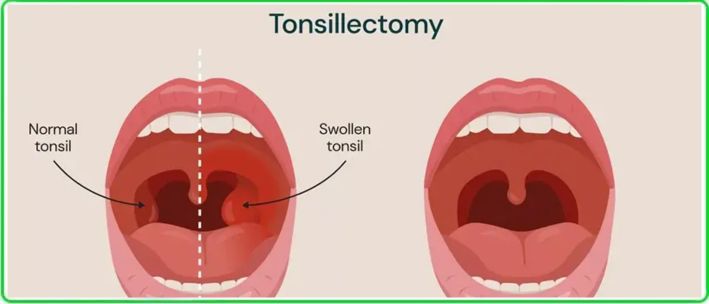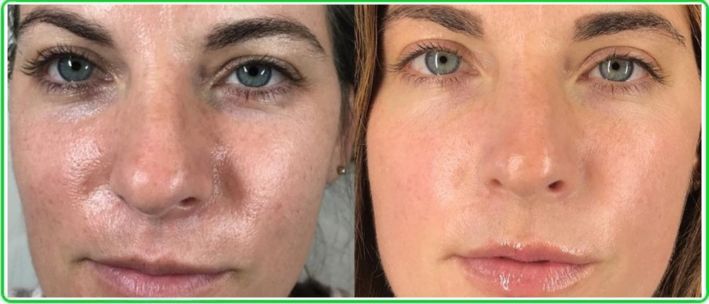ENDOSCOPIC SURGERIES IN ENT PRACTICE: BENEFITS, INDICATIONS, AND RECOVERY

Otorhinolaryngology was one of the first medical specialties to adopt both the microscope and the endoscope. ENT surgeons work in the narrowest and deepest cavities of the human body, where visualization without optics is impossible. With the introduction of endoscopy, ear, nose, and throat surgery has been transformed.
Where once the surgeon operated almost “blindly,” today they benefit from high magnification, a wide surgical view, and precise, delicate movements. For patients, this means less pain, fewer complications, greater safety, and faster recovery.
What Is an Endoscopic Surgery?
Endoscopic surgeries are minimally invasive procedures performed with advanced optical systems. A thin endoscope with a camera is inserted through a small natural opening in the nose or ear.
This provides the surgeon with magnified, high-resolution images on a screen, allowing them to visualize even the tiniest anatomical structures and operate with remarkable precision.
The skull already has enough natural openings—no need to create new ones. Endoscopic surgery uses these natural pathways to reach even the most hard-to-access areas without additional trauma. This is particularly crucial in ENT, as these organs directly affect breathing, speech, hearing, and overall quality of life.
Advantages of Endoscopic Surgery
Patients report clear benefits compared to traditional surgical techniques:
- Minimally invasive – no external incisions, less tissue damage;
- Fast recovery – return to daily activities within just a few days;
- Perfect visualization – magnified images projected onto a monitor;
- Reduced complications – lower risks of bleeding and infections;
- Better outcomes – improved function and long-lasting results.
Types of Endoscopic ENT Surgeries
- Endoscopic maxillary sinus surgery and FESS (Functional Endoscopic Sinus Surgery) – used for chronic sinusitis, nasal polyps, or sinus cysts.
- Endoscopic adenoidectomy in children – safe removal of adenoids under visual control with minimal recurrence risk.
- Endoscopic septoplasty – correction of nasal septum deviation to restore normal breathing.
When Is Endoscopic Surgery Recommended?
Endoscopic procedures may be recommended when conservative treatments fail to bring results. They are performed in both adults and children. Indications include:
- Chronic sinusitis resistant to medication;
- Nasal polyps causing recurrent sinus infections;
- Anatomical abnormalities preventing proper drainage;
- Recurrent sinusitis despite therapy;
- Sinus trauma with retained clots or tissue fragments;
- Foreign bodies in the nasal sinuses;
- Sinus cysts;
- Adenoid hypertrophy in children;
- Chronic otitis.
Preparing for Endoscopic Surgery
Preparation begins with a consultation with an ENT surgeon. At KindCare Medical Center, Dr. Maryna Kryshtopava, ENT surgeon, PhD, Associate Professor, conducts an endoscopic nasal examination. A CT scan of the paranasal sinuses may also be required for accurate diagnosis and surgical planning.
Standard preoperative tests usually include:
- Blood tests (complete blood count, biochemistry, coagulation profile);
- Electrocardiogram (ECG);
- Anesthesiologist consultation prior to general anesthesia.
If the patient takes blood-thinning medications, adjustments are discussed with the physician before surgery.
How the Surgery Is Performed
The procedure is usually done under general anesthesia to ensure complete immobility. During surgery, Dr. Maryna Kryshtopava introduces the endoscope into the nasal cavity, projecting images from the camera onto a monitor. Using specialized instruments, the surgeon removes polyps, cysts, foreign bodies, or other obstructive tissue. The procedure typically takes 1–2 hours, depending on complexity. Afterward, patients spend some time in the recovery unit before being transferred to the ward.
Recovery After Endoscopic Surgery
Because the approach is minimally invasive, patients experience:
- Little to no scarring or cosmetic defects;
- Only mild swelling or discomfort;
- Quick return to daily life—many resume normal activities the next day.
Temporary symptoms may include nasal congestion, mild bleeding, or a sensation of pressure in the sinuses. These usually resolve within a few days.
Why Choose KindCare Medical Center?
At the KindCare Medical Center ENT Department, we provide advanced diagnostics and treatment for patients of all ages.
Dr. Maryna Kryshtopava, ENT surgeon, PhD, Associate Professor, with more than 23 years of clinical experience, is an expert in endoscopic nasal and sinus surgery.
At KindCare, patients receive world-class treatment with minimal discomfort, maximum safety, and faster recovery.












